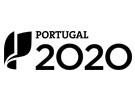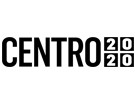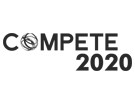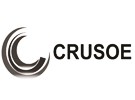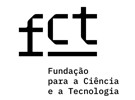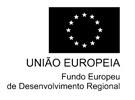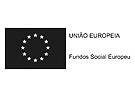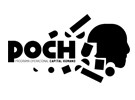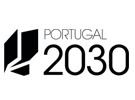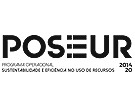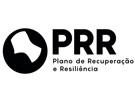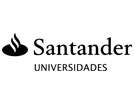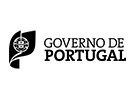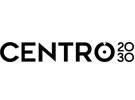



Publication in the Diário da República: Despacho n.º 10852/2016 - 05/09/2016
4.5 ECTS; 1º Ano, 1º Semestre, 30,0 T + 30,0 TP + 2,0 OT , Cód. 93805.
Lecturer
- João Luís Farinha Antunes (2)
(1) Docente Responsável
(2) Docente que lecciona
Prerequisites
Not applicable.
Objectives
Students should
- be able to prepare solutions,
- understand the factors associated with chemical bonding and its implications in the general properties of matter
- understand the formation of co-valent bonds and its polarity
- Relate intermolecular bonds to the properties of the compounds
Program
Theoretical component:
1 - Structure of matter: properties of matter; extensive and intensive properties; density and temperature (scales). Classification of matter: mixtures and pure substances. The atoms. The discovery of subatomic particles. Atomic number and isotopes. Ions. Periodic table. Periodic variation of metals, non-metals and metaloids. Electronic configurations and the periodic table: variation of atomic properties.
2 - Chemical bonding: Octet rule. Covalent bonds, ionic and metal. Nomenclature of ionic compounds.
3 stoichiometry: atomic mass, mole, molar mass and chemical reactions. Hit chemical equations; solutions and molarity. Preparation of solutions for weighing, diluting and from concentrated solutions.
Practical component:
Practical work # 1 - Lab work for the ambiance of students to chemistry laboratory, knowledge of commonly used material, the use of analytical balances and familiarization with the descriptive statistical data analysis.
Practical work # 2 - laboratory work for the implementation of the stoichiometry of knowledge in the preparation of solutions for weighing, dilution and from concentrated solutions.
Evaluation Methodology
The continuous evaluation, in the form of 3 tests in the theoretical component and 1 report of the laboratory work in the practical component. The sum of the evaluations of both components requires 10 values for exam exemption.
Bibliography
- Eastop, D. e Timar-Balaszy, A. (1998). Chemical Principles of Textile Conservation. Oxford: Butterworth
- Mateini, M. e Moles, A. (2001). La Quimica en la Restauration. San Sebastian: Ed. Nerea
- Vina Ferrer, S. e San Andres Moya, M. (2004). Fundamentos de Química e Física para la Conservation y Restauration. Madrid: Ed. Sintesis
- Wilks, (ed), H. (1984). An Introduction to Materials. (Vol. 1). London: The Conservation Unit; Museums & Galleries Commission
Teaching Method
Lectures and laboratory classes.
Software used in class
